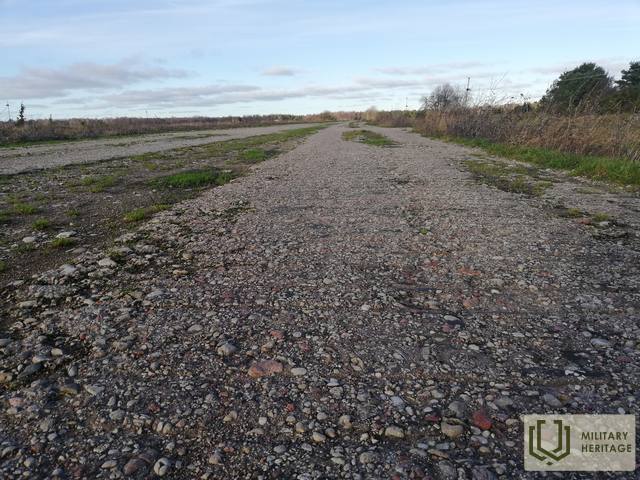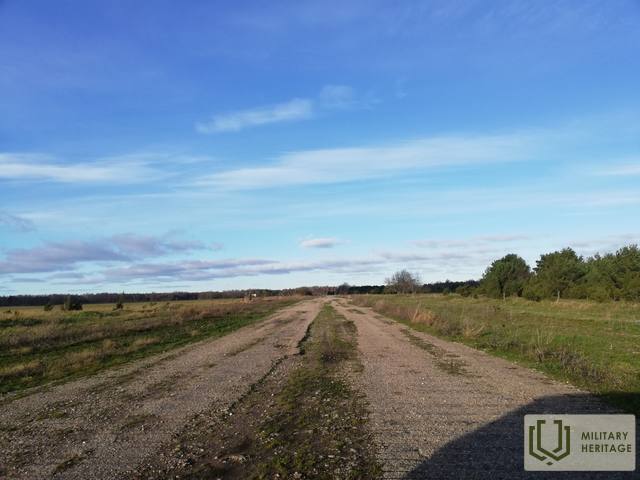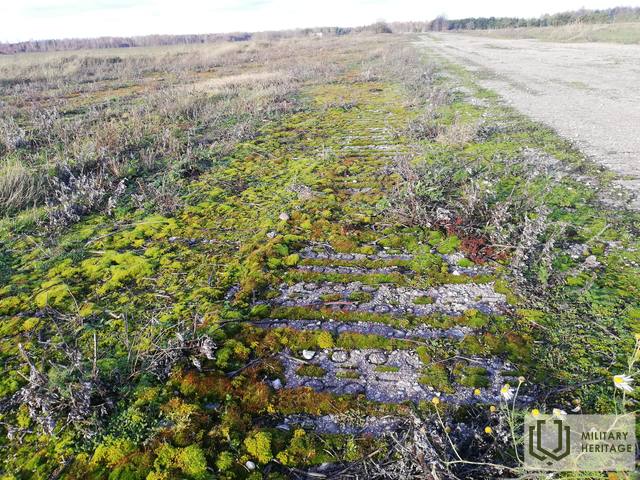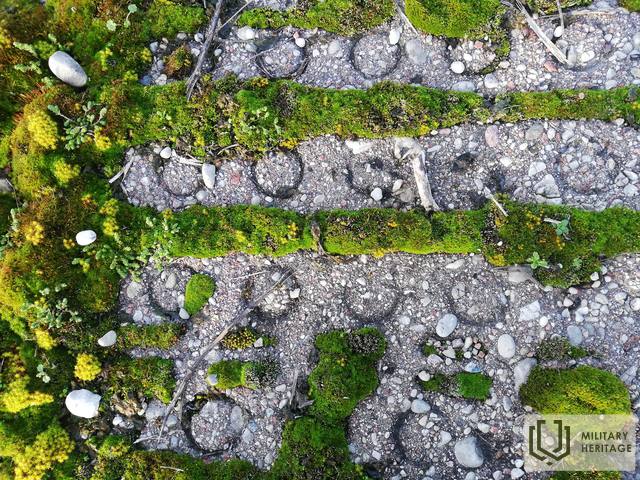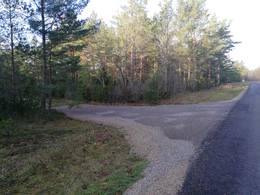Kogulos aerodromas Saremos saloje
Kogulos oro pajėgų bazė buvo įkurta 1940 m. rugpjūčio mėn.
Į šią veiklą buvo įdarbinti ir vietos gyventojai, kurie turėjo geras galimybes užsidirbti. Pagrindinis vietinių darbas buvo akmenų gabenimas iš pakilimo tako ir jo apylinkių. Vėliau kilimo ir tūpimo takas buvo pratęstas, kad būtų galima paleisti tolimojo nuotolio bombonešius. Kadangi 1941 m. karinė stovykla dar nebuvo visiškai baigta, bazėje dirbantys lakūnai ir personalas buvo apgyvendinti apylinkių fermose. Karo pradžioje, 1941 m. birželio 26 d., į Kogulos aerodromą atvyko Raudonosios vėliavos Baltijos laivyno 12-oji pavienių naikintuvų eskadrilė su 24-uoju naikintuvu I-153, vadovaujamu majoro Kudrjavcevo. Liepos 28 d. į aerodromą atvyko 1-asis minų-torpedų lėktuvų pulkas, kuriam vadovavo pulkininkas Preobraženskis. 1941 metų rugpjūtį 1-osios minų torpedų lėktuvų eskadrilės bombonešiai DB-3 atliko bandomąjį ir bombardavimo skrydį į šiaurės Vokietijos kurortą ir uostamiestį Swinemünde iš Kogulos aerodromo. Ten buvo jaučiama priešo oro gynyba. Po miestų ir gyvenviečių bombardavimo Didžiosios Vokietijos vadovybė paskelbė direktyvą Nr. 34, kurioje teigiama, kad „Kai tik pasitaikys galimybė, sausumos, jūrų ir oro pajėgos bendromis pastangomis turi likviduoti priešo aerodromus Dago (Hiumaa) ir Ösel (Saaremaa) salose. tęsėsi devynis kartus iki rugsėjo 5. Rugsėjo 6 d., vokiečiai pakartotinai bombardavo Kogulos oro pajėgų bazę 1944 m., kai jį vėl užėmė sovietų pajėgos.
Po karo Sovietų oro pajėgos kurį laiką buvo dislokuotos Kogulos aerodrome. Vėliau, pertvarkant struktūrą, aviacijos pulkas buvo paskirstytas visoje Rusijoje, o Kogula liko kaip rezervinis aerodromas. 1965 metais sovietų kariuomenė Saremoje atliko didelius karinius manevrus. Dėl to Kogulos aerodrome nusileido dideli keturių variklių transporto lėktuvai, gabenę darbo jėgą ir įrangą.
Nuo tada aerodromas dažniausiai buvo nenaudojamas.
Šaltiniai:
1. Perlas, vyriškas. Oro karas Estijoje 1941 – 1945. Talinas, 2016 m.
2. Jakovlevas, Tormis. Saremos muziejaus bienalės knyga 1997 – 1998. Sovietų kariuomenė Vakarų Saremoje ir jos santykiai su vietos gyventojais. Sudarė ir redagavo Olavi Pesti. Kuresarė, 1999 m.
3. Paveldosaugos valdybos kultūros paminklų registras. Karinis paveldas. https://register.muinas.ee
4. Estijos karo istorijos žinynas, Talll 2010. Sudarė K. Luts.
5. Pagauk, Endel. Salų gyventojai sovietų karinių bazių papėdėje 1939 – 1941. Saremos muziejaus darbai Nr. 11. Kuresarė, 2020 m.
6. Pabandyk, Endeli. Karinių objektų Saare apskrityje ekspertizė. Kuresarė, 2006 m.
7. Raukas, Ahto. Buvusios Sovietų Sąjungos kariuomenės liekamoji tarša ir jos pašalinimas. Estijos Respublikos aplinkos ministerija. Talinas, 1999 m.
Susijusios vietos
Kogula (Mõnnuste) airfield
In 1940, the Soviet Union began constructing Kogula Military Base No. 40 or, as the locals say, Mõnnuste or Kogula Airfield. The airfield is located in the area between the villages of Sõmera, Kogula and Mõnnuste. The larger settlement for soldiers of the airbase was not constructed, but a central command building and warehouses were built in Sõmera. In the middle of the airfield lied a limestone orthodox church, built in 1868. The bell tower of the church was demolished as it became an obstacle for planes taking off and landing. The main runway threshold was located 30 metres from the church. The church still stands, albeit in dire condition and in ruins.
The officers’ clubhouse in Sõmera village, built after the Second World War, now stands in relatively good condition. The airfield can be seen on the southwestern side of Mõnnuste village. Parking spots for airplanes were built on the western side of the airfield using soil ridges.
At some point, a monument made of dolomite was placed in Kogula, bearing the words: “Here, at Kogula Airfield, is where the Red Banner Baltic Fleet took off in 1941 – the first planes that bombarded Berlin.”






